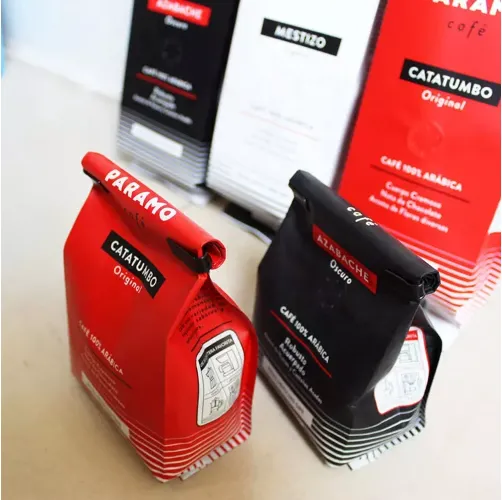- Afrikaans
- Albanian
- Amharic
- Arabic
- Armenian
- Azerbaijani
- Basque
- Belarusian
- Bengali
- Bosnian
- Bulgarian
- Catalan
- Cebuano
- chinese_simplified
- chinese_traditional
- Corsican
- Croatian
- Czech
- Danish
- Dutch
- English
- Esperanto
- Estonian
- Finnish
- French
- Frisian
- Galician
- Georgian
- German
- Greek
- Gujarati
- haitian_creole
- hausa
- hawaiian
- Hebrew
- Hindi
- Miao
- Hungarian
- Icelandic
- igbo
- Indonesian
- irish
- Italian
- Japanese
- Javanese
- Kannada
- kazakh
- Khmer
- Rwandese
- Korean
- Kurdish
- Kyrgyz
- Lao
- Latin
- Latvian
- Lithuanian
- Luxembourgish
- Macedonian
- Malgashi
- Malay
- Malayalam
- Maltese
- Maori
- Marathi
- Mongolian
- Myanmar
- Nepali
- Norwegian
- Norwegian
- Occitan
- Pashto
- Persian
- Polish
- Portuguese
- Punjabi
- Romanian
- Russian
- Samoan
- scottish-gaelic
- Serbian
- Sesotho
- Shona
- Sindhi
- Sinhala
- Slovak
- Slovenian
- Somali
- Spanish
- Sundanese
- Swahili
- Swedish
- Tagalog
- Tajik
- Tamil
- Tatar
- Telugu
- Thai
- Turkish
- Turkmen
- Ukrainian
- Urdu
- Uighur
- Uzbek
- Vietnamese
- Welsh
- Bantu
- Yiddish
- Yoruba
- Zulu
humidity indicator
Understanding Humidity Indicators An Essential Tool for Comfort and Health
Humidity indicators are often overlooked, yet they play a crucial role in both our daily comfort and overall health. As we navigate through various environments—whether it’s at home, in the workplace, or outdoors—understanding humidity levels can help us make informed decisions that enhance our well-being.
Humidity refers to the amount of moisture present in the air. It can be measured in two primary ways absolute humidity, which indicates the actual amount of water vapor in a given volume of air, and relative humidity, which compares the current amount of moisture in the air to the maximum amount the air can hold at a specific temperature. Relative humidity is commonly presented as a percentage. For instance, a relative humidity of 50% means that the air is holding half of the maximum moisture it can contain at that temperature.
The comfort zone for relative humidity typically ranges between 30% to 50%. When humidity levels fall below this range, the air can feel dry and uncomfortable, which may lead to dry skin, sore throats, and respiratory issues. Conversely, when humidity levels exceed 50%, the air may feel sticky and oppressive. High humidity can contribute to mold growth, dust mites, and other allergens that can exacerbate respiratory problems and trigger allergies.
One can utilize humidity indicators, commonly known as hygrometers, to monitor these levels effectively. These devices range from simple analog gauges to sophisticated digital models. Some advanced hygrometers incorporate features such as temperature readings and data logging, providing a comprehensive view of environmental conditions. By utilizing these tools, individuals can maintain their home climates at optimal levels, ensuring both comfort and health.
humidity indicator

In homes, particularly in regions with extreme weather conditions, managing humidity is critical. During the summer months, excessive humidity can lead to discomfort and increased energy consumption as air conditioning systems work harder to cool down the indoor environment. By monitoring humidity, homeowners can make slight adjustments, such as using dehumidifiers or improving ventilation, to maintain a pleasant atmosphere. During winter, when heating systems can dry out the air, humidifiers can help restore balance. Thus, an effective humidity management strategy can enhance energy efficiency and reduce utility costs.
In commercial settings, humidity control is equally important. Many industries, including pharmaceuticals, food processing, and electronics manufacturing, require precise humidity levels to maintain product quality and integrity. Inadequate humidity levels can lead to spoilage, spoilage, and equipment malfunction. As such, businesses often invest in advanced humidity monitoring systems to adhere to regulations and ensure operational efficiency.
Outdoor activities also necessitate an understanding of humidity levels. Athletes, for instance, can optimize their performance by monitoring weather conditions, including humidity, when planning their training. High humidity can increase the risk of heat-related illnesses, making it essential for individuals to stay hydrated and take necessary precautions.
In conclusion, humidity indicators are vital tools that can significantly enhance our quality of life. By understanding and monitoring humidity levels, we can improve our home environments, support health in various industrial applications, and facilitate safer outdoor activities. As awareness of indoor air quality continues to grow, integrating humidity indicators into our daily routines will become increasingly essential. Whether through underestimating or overestimating the importance of humidity, it is clear that managing moisture in our air is integral to our comfort and health. Investing in a good humidity indicator is not just a practical choice but a step toward a healthier, more comfortable life.













